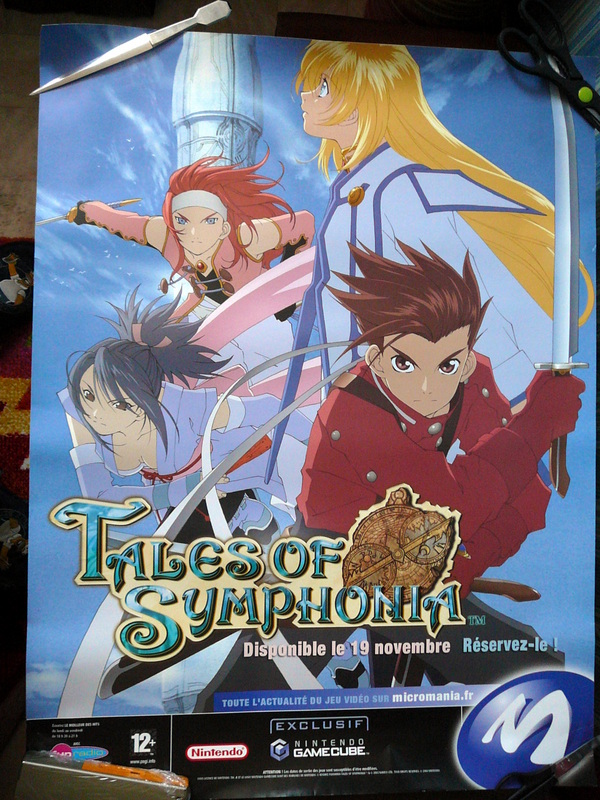

Character animations remain especially awkward: People slide down stairs, walk without bending their knees and choppily move their mouths (or don't move them at all) during speech.Tales of Xillia 2 focuses its story theme around the concept of “choice”, which is also expressed heavily in the game’s overall gameplay mechanics. I felt like I was still looking at a GameCube game. HD re-releases typically improve the visuals of older games, but Tales of Symphonia doesn't display that kind of care. There's not even a shiny new coat of paint to soften Dawn's sharp, for-the-worse departures from the original game. But these new systems don't fit together - the brisk fights of the first game are replaced with a slog of information to wade through in order to execute a single attack.

The sequel introduces new mechanics, like the ability to capture and train monsters, and battlefields with elemental properties that can be altered. New World's is just boring.ĭawn of the New World's battle system is also a confusing departure from Symphonia. Where Llyod's combative bravado evolves into an unwavering sense of justice and determination, Dawn protagonist Emil remains insufferable.
#Tales of symphonia chronicles switch characters in battle full
The likeable, multi-branched story of the first game is replaced with a linear tale full of tired tropes, poor pacing and unrelatable characters. There's satisfaction in mastering the battle systemĭawn of the New World remains a disappointment years later. This setup allows Tales of Symphonia to stand the test of time. I loved this balance, with story progression as a cherry on top. Defeating post-puzzle bosses rewards bits of story and character background, which encouraged me to dispatch them swiftly. These brief distractions require some quick brainwork, but they're never too tough. Most of these dungeons also have a puzzle challenge that needs to be solved to get to the boss.

Many of those battles will take place in Symphonia's dungeons, which are plentiful enough that I never found myself running around the overworld aimlessly for long. The variety of special attacks and ability to switch weapons during combat add depth, and thankfully, the AI driving your companions is intelligent enough to stand on its own, providing solid backup during battles. This system seems complicated, but there's a great sense of satisfaction in mastering it. You directly control one character and pre-set other characters' actions, tweaking what attacks they will use, how frequently and whether they should focus on offense or defense. There is a lot to keep track of but the system provides clear tools with which to manage everything. Symphonia's more-is-more mentality extends to its combat system. It's a generic setup, but Symphonia's characters are likeable and the fiction is fleshed out with lots of little details, like NPCs chattering about historical background and uniquely stylized architecture in each dungeon. Lloyd and a growing party escort her across the world on this mission in the typical "ragtag band of heroes save the world" scenario. His friend Colette has been chosen by the powers-that-be to resurrect a sleeping goddess, end a war between races and heal a broken, dying land. Tales of Symphonia stars a diverse group of fighters led by wannabe-macho-man Lloyd. Unfortunately, neither Symphonia nor its sequel benefit much from the makeover. Long-time fans might be eager for an excuse to replay Tales of Symphonia, while a whole new generation of RPG players may have never been exposed to it to begin with. With this re-release, Namco is giving a whole new generation of RPG fans a chance to play one of Tales Studio's most warmly regarded creations in high definition for the first time. Chronicles brings together the original and its Wii sequel, Dawn of the New World, to commemorate that 10-year anniversary.


 0 kommentar(er)
0 kommentar(er)
